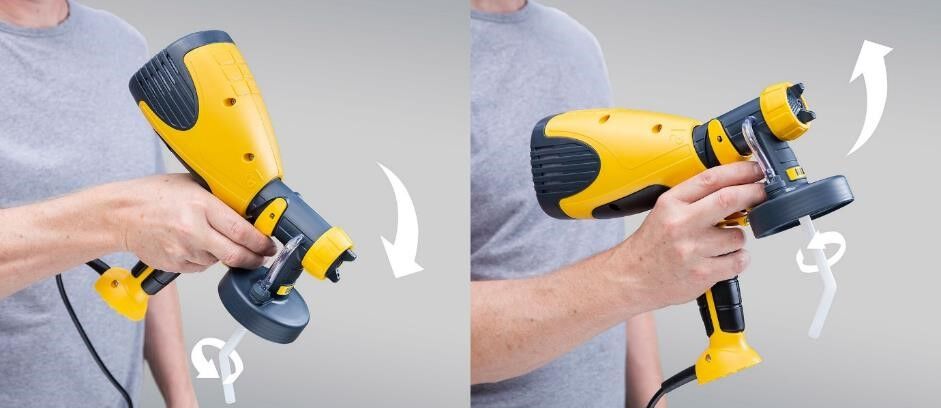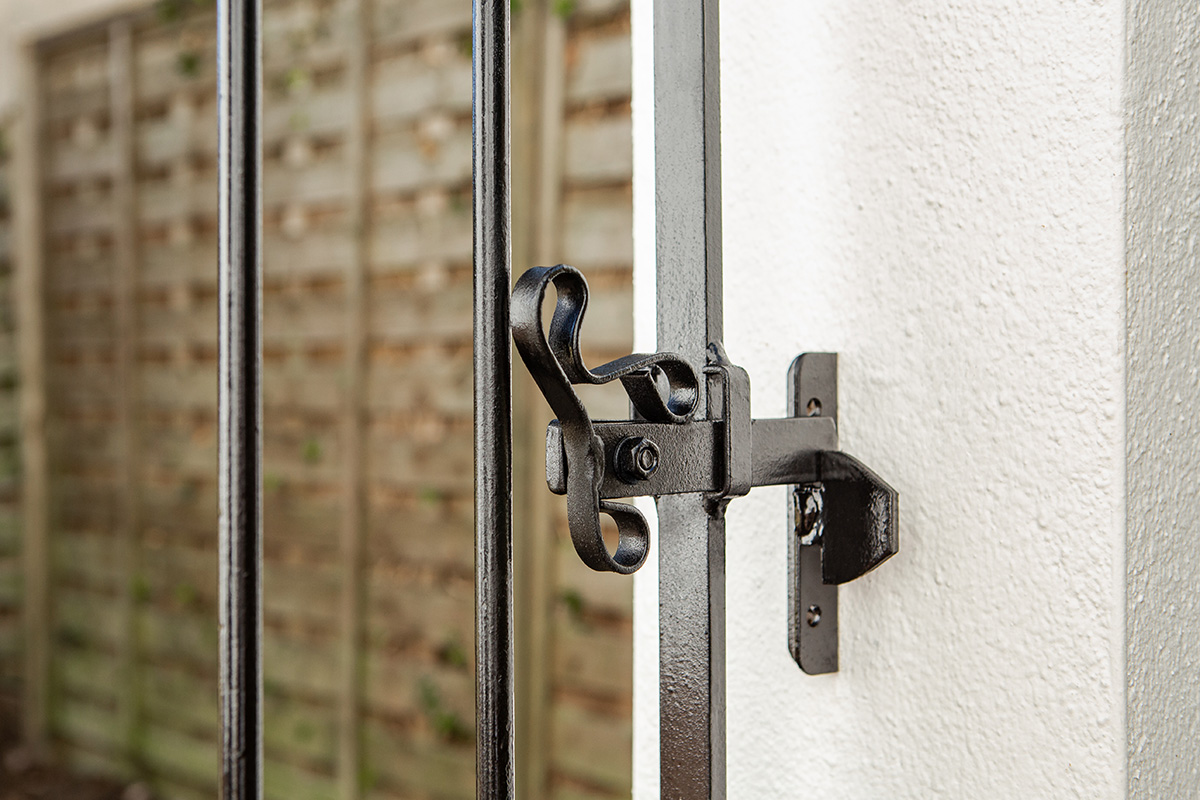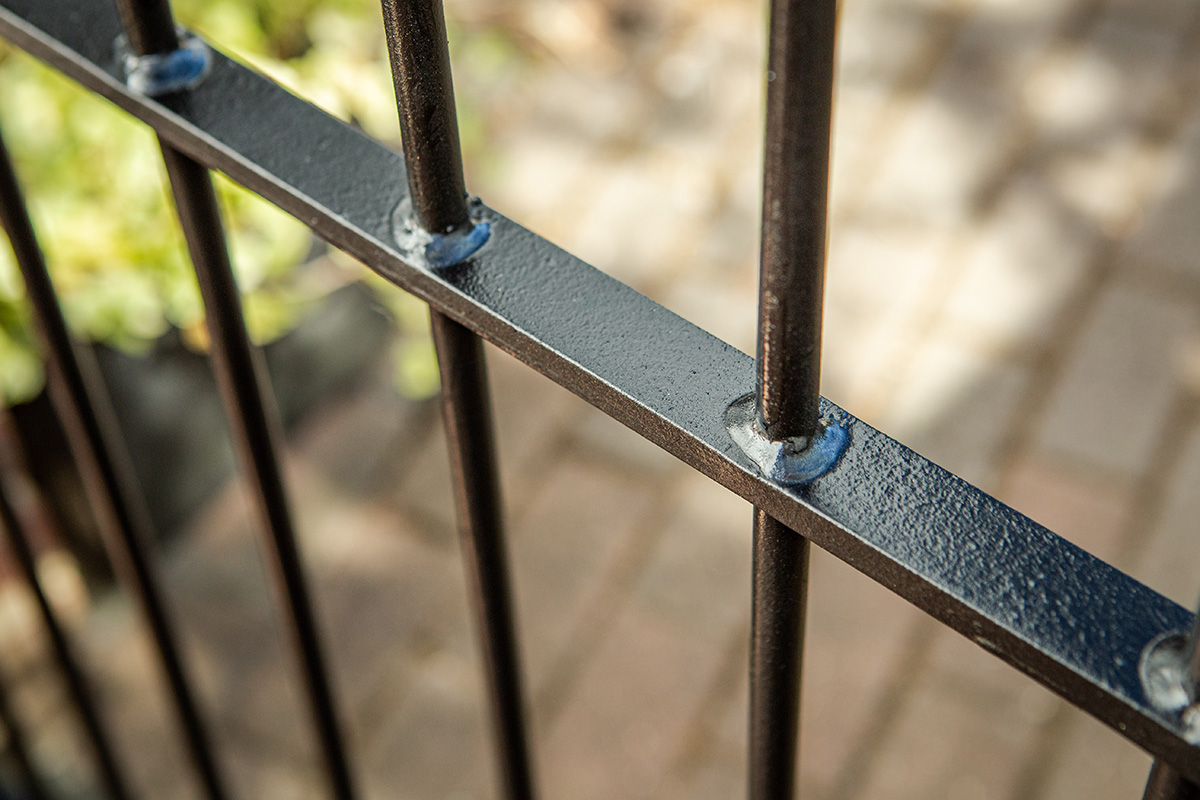Do-it-Yourself: Painting Metal Gates
Metal garden gates need a fresh coat of paint every few years to keep them looking good and to protect them from the elements. Painting them with a brush is a slow and tedious process and is difficult to cover the whole surface without getting drips and runs. Using a paint sprayer speeds up the process making it quick and easy to transform your gates and protect them for years to come. We will show you all the required steps to get the job done.










